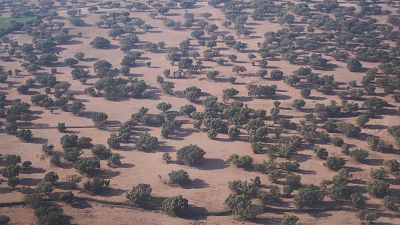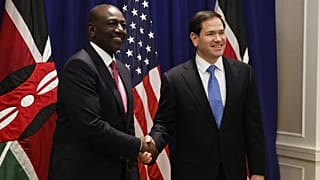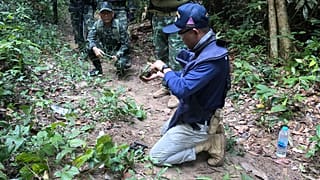Morocco
Morocco’s growing argan oil industry, often referred to as producing "liquid gold," is placing increasing pressure on the country’s fragile argan forests. Once covering more than 14,000 square kilometers, the forest area has declined by nearly 40 percent in recent decades.
Experts cite climate change and overgrazing as major causes. “The region has experienced six consecutive years of drought,” says Professor Zoubida Charrouf of Mohammed V University. “There are also many goats and camels feeding on the leaves and fruits of the argan trees, which further weakens the forest.”
For many rural women, argan oil production is one of the few reliable sources of income. Forests are often managed through a traditional community-based system known as the Agdal, which sets specific times for harvesting to allow the forest time to regenerate.
“The Agdal is a practice passed down from our ancestors,” says Jamila Idbourrous, director of a women’s cooperative. “We publicly announce when the forest is closed, and no harvesting happens during that time to preserve biodiversity.”
To reverse the damage, the Moroccan government has launched reforestation projects that include planting argan trees alongside crops like capers to improve soil and water conditions. But newly planted trees are not yet producing fruit.
Some cooperatives warn that harvesting before the proper season may harm the trees and reduce oil quality. Despite the global price of argan oil climbing to $60 per liter from just $2.50 three decades ago, workers say they continue to earn very little.












01:10
Report: The Arab region had its hottest year on record in 2024
02:20
Design exhibition in Morocco celebrates creativity in all its forms
00:51
Cameroon fires coach as new hire omits Onana, Aboubakar ahead of AFCON
02:01
African Cup Of Nations deserves same respect as any other tournament
00:19
Africa Cup of Nations trophy kicks off global tour in London
Go to video
Rising lake waters cause misery for people forced to live in flooded homes in Kenya